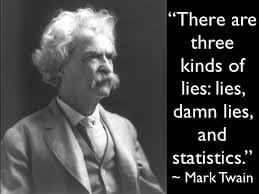When someone gives your organization a gift and then agrees to talk about why, their story is an additional gift to you.
Donors do not have to talk with you: in fact, some prefer never to hear from the organization in person. They certainly don’t have to let you use their story in your newsletter, online in your website or social media, or in your fundraising. If they do agree, they are expressing generosity in a priceless way. No one else has the exact same story. It’s unique, and they are giving it to you.
So, approach each donor with love, treat them with respect while you are gathering their story, and then show your gratitude ever after. Share on XHere are some ways to do that.
- A donor may spontaneously comment on why they are giving their gift. If it’s a “quotable quote,” ask permission to use it (and tell them how). Always ask, and never use it without their consent.
- Most of the time, you have to take the initiative. Get in touch with the donor and ask if you can have fifteen minutes to interview them about the path that led them to support your organization.
- When you talk, here are some questions that may get their conversational juices flowing:
- How did you first get involved with this community/organization?
- What drew you closer to it?
- What made you decide to donate? Was it a specific need you wanted to fill, or…?
- What do you hope the organization will be more able to do because you gave?
- What would you tell someone else who was considering making a gift to this organization?
- Thank the donor for the additional gift of their story ASAP after having the conversation. Reiterate how you hope to use it and let them know you’ll be in touch before anything about what they said goes out to an audience.
- Draft the telling of their story in brief, from your notes. Run the draft by them before publishing it in any form.
- Create a story bank where you keep notes, quotes, photos, and consent forms when that’s appropriate (especially when the story involves children).


